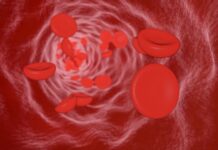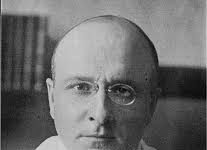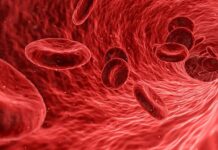Over 1,200 leading gastrointestinal (GI) specialists from across the globe gathered in Mumbai on Friday for the 22nd edition of the Mumbai LIVE Endoscopy Course, a premier academic event focused on cutting-edge GI care. This year’s spotlight is firmly on artificial intelligence (AI) and robotic-assisted tools that are transforming how gastrointestinal diseases are diagnosed and treated.
A Vision for the Future of GI Care
Dr. Amit Maydeo, Chairman of the Institute of Gastrosciences at Sir HN Reliance Foundation Hospital and former president of the Society of GI Endoscopy of India, spearheaded the event. According to him, “The ambition of every modern gastroenterologist is not just to understand GI diseases but to master the growing array of interventional procedures.”
The event, conceptualised by Dr. Maydeo and hosted by the Endoscopy Research Foundation, took place from April 18 to 20. It featured hands-on training, scientific symposia, and expert lectures exploring next-generation endoscopic therapies. As reported by Hindustan Times, the conference delved into key innovations such as third-space endoscopy, endo-bariatrics (non-surgical weight-loss interventions), and AI-driven screening protocols.
Evolution of Endoscopy: From Fibreoptics to AI and Robotics
This year’s edition marks 30 years since the inception of the Mumbai LIVE course in 1993. Over the decades, GI endoscopy has evolved from basic fibreoptic instruments to today’s sophisticated systems enhanced with AI, laser technology, and robotics.
The conference featured 14 hours of live endoscopy demonstrations over three days, offering participants a front-row seat to the latest advancements in diagnostic and therapeutic tools.
AI-Powered Detection for Early GI Cancers
Among the highlights was the use of AI platforms like EndoBrain, which assist clinicians in detecting early-stage gastrointestinal cancers. These systems analyse high-definition, magnified endoscopic images and identify abnormal or pre-cancerous tissues in real time.
Dr. Maydeo noted, “Lesions that are invisible to the naked eye—like flat polyps or subtle mucosal changes—can now be flagged instantly, allowing for immediate removal via endoscopic resection and avoiding the need for invasive surgery.”
Minimally Invasive Solutions: POEM and EndoFlip
A major crowd-puller at the event was Peroral Endoscopic Myotomy (POEM)—a minimally invasive procedure to treat achalasia cardia, a condition where the esophageal muscles become too tight to allow food or water into the stomach.
Rather than relying on open surgery, POEM uses an endoscope inserted through the mouth. It creates a tunnel under the esophageal lining to cut the problematic muscle. Doctors also demonstrated EndoFlip, a new device in India that uses pressure sensors to measure how well the esophagus can expand, offering immediate confirmation of the procedure’s success.
Laser Precision for Bile Duct Stones
Another standout demonstration involved thulium laser lithotripsy, which helps break down large or complex bile duct stones that cause jaundice, infection, and pain. Through a slim cholangioscope, doctors use a laser to shatter the stones, which are then flushed out—eliminating the need for traditional surgery.
“This method is safer for high-risk patients and causes less trauma. It also significantly reduces hospital stays,” explained a senior faculty member during a live session.
Prioritizing Safety, Training, and Accessibility
While showcasing these advancements, the event also emphasized clinical safety, practical utility, and the need for scalable models in the Indian healthcare ecosystem. Many tertiary centres currently limit these tools. However, experts stressed the importance of structured training and cost-effective deployment to make them accessible to a wider population.
“These technologies are not just futuristic concepts—they’re real, and they’re already transforming patient outcomes,” Dr. Maydeo concluded. “The next step is to integrate them into everyday practice beyond the walls of conference halls.”























